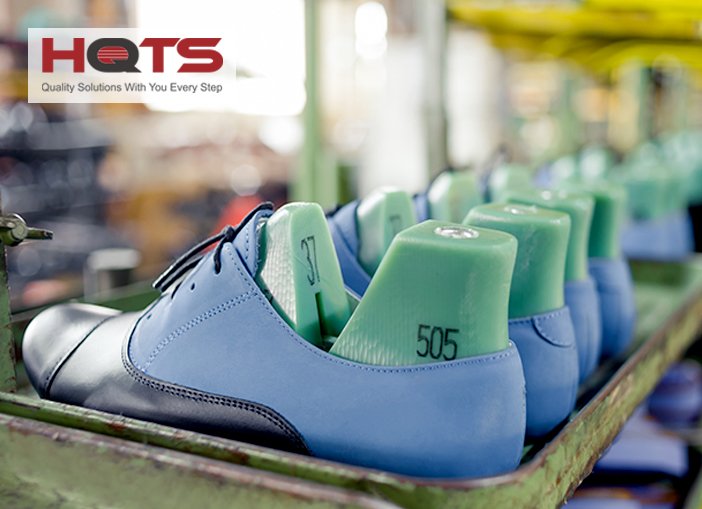Footwear is an essential part of everyday life. Whether you’re taking the dog for a walk or heading halfway across the world (pre-coronavirus, of course), if there’s one thing you’ll need it’s a good pair of shoes to get you there.
That’s why it’s important that all footwear meets certain criteria in the production line to ensure the best possible product leaves the factory. Therefore, brands, manufacturers, and suppliers need to take testing seriously if they are to be taken seriously in the eyes of retailers and consumers. But also, to keep costs down and avoid delays and production issues.
Here’s why it’s important to get a grip on your testing procedures for footwear and leather products.
Why Do You Need to Test Your Footwear Product?
With so many types of footwear available on the market, it can be hard to identify what’s needed in terms of quality checks and inspections. What you need to focus on will depend on your product but there are certain guidelines all companies can follow when it comes to improving their products.
While styling and comfort are among the key attributes a consumer looks for in footwear, meeting standards of performance, durability and safety are also important. In addition, conforming to the increasing number of regulatory guidelines and laws is imperative.
What Equipment Should a Footwear Testing Laboratory Have?
A whole range of tests exist to ensure the best standards for your footwear product. These include many major physical testing items for footwear such as adhesion, aging, flexing resistance, static slip, and air permeability examinations.
There is also a whole list of physical testing items for leather products such as color fastness, compression resistance, abrasion resistance, as well as strength assessments. Major chemical testing items are also part of footwear tests like Formaldehyde content, Chromium (VI), PH, and many more.
Definition of Shoe Inspection Quality: A, B, and C Grades
A Grade
Shoes without any functional defects or cosmetic defects that will impair the marketability of the shoe are considered to be A Grade. These are high-quality shoes which look good and fit correctly. An A Grade must follow the production specifications and match the approved confirmation sample.
B Grade
Shoes without any major functional defects and that will not cause injury to the wearer are B Grade. They could have cosmetic defects, production mistakes, or workmanship issues but they can’t be properly repaired. B Grade shoes will be discounted or sent to markets that are more tolerant of such defects.
C Grade
C Grade shoes have major functional defects that could cause injury to the wearer or major cosmetic defects that can’t be repaired. Shoes are also considered C-grade if they have poor workmanship or material defects that could shorten the normal life expectancy of the product. The brand or company’s reputation is at stake in these cases and in short, the shoes should be destroyed.
What Type of Footwear Tests are Needed?
AQM BD tests are carried out in accordance with AATCC, ASTM, REACH, ISO, SATRA, GB, and other related standards. This is in addition to our own exacting performance guidelines and testing methods for both footwear products.
Because reliable, high quality footwear has a significant impact on customer satisfaction and brand success, working with AQM BD-QAI can help you avoid the issues that put your bottom line at risk.
AQM BD-QAI offers expert guidance in conforming to industry, regulatory and a customer’s exacting standards, as well as compliance with US, European and international directives, standards, and testing requirements.
About AQM BD
With over 25 years of experience in quality assurance, AQM BD is ready to help your business build meaningful and robust supplier relationships across Asia. Our many service locations are prepared to be your one-stop-shop for your inspection needs, including factory audits, production monitoring, pre-shipment and sorting inspections, and everything in between. This will allow you to know exactly what’s happening on the ground and keep close tabs on your suppliers. Contact us today to find out how we can help you navigate current quality control challenges.
If you found this article interesting we recommend:
Guidelines for importing footwear from China
The ASTM and ANSI Standards for Safety Shoes
US Revises ASTM F2413-18 for Footwear





